How and why
During the Cretaceous, a great many flowering plants evolved during a relatively short time. At the same time, the number of insect groups steadily increased. Flowers and especially insects still account for the greatest number of species today.
The success of flowering plants is due precisely to the evolution of the flower. The success of insects, which account for 90 per cent of all animal species, has several causes.
Success of flowering plants
The rapid evolution of flowering plants during the Cretaceous is due to the emergence of the flower.
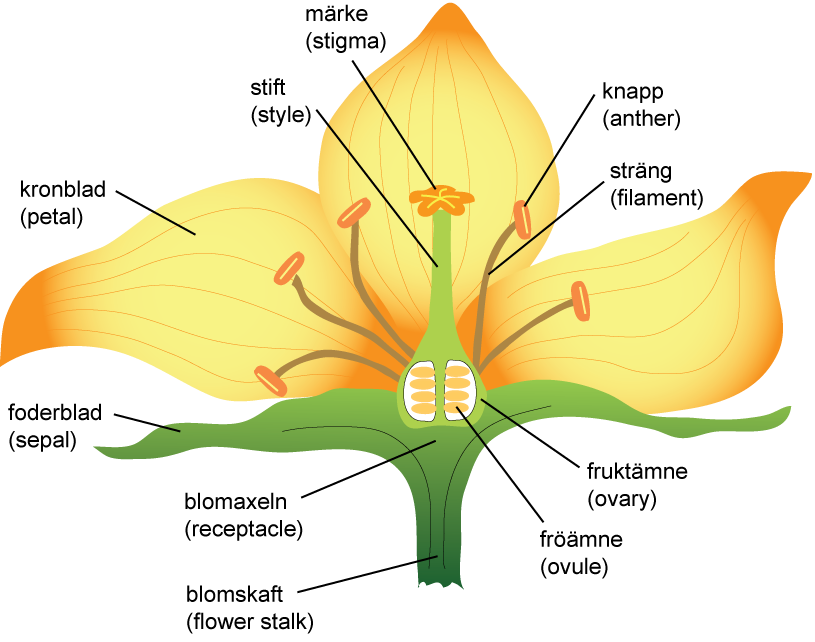
Cross-section of a flower.
Image: Steve McLoughlin
Many flowers are especially adapted to reproduce with the help of insects and other animals. The reproductive organs are stamens and pistils. Many flowers develop scents and large colourful petals to attract insects.
But one of the most distinctive features of flowering plants is that their seeds are concealed in fruits. For that reason, flowering plants are also called angiosperms, which means “hidden seeds”.
The first seed-bearing plants had evolved 240 million years earlier. Their seeds were completely exposed or held in various kinds of cone. They also lacked petals and sepals, and were therefore called gymnosperms, which means “naked seeds”. All of today’s coniferous trees belong to this category.
Today, scientists know of some 300,000 species of flowering plants. Only about 900 of them are gymnosperms, but there were many more before the evolution of flowering plants.
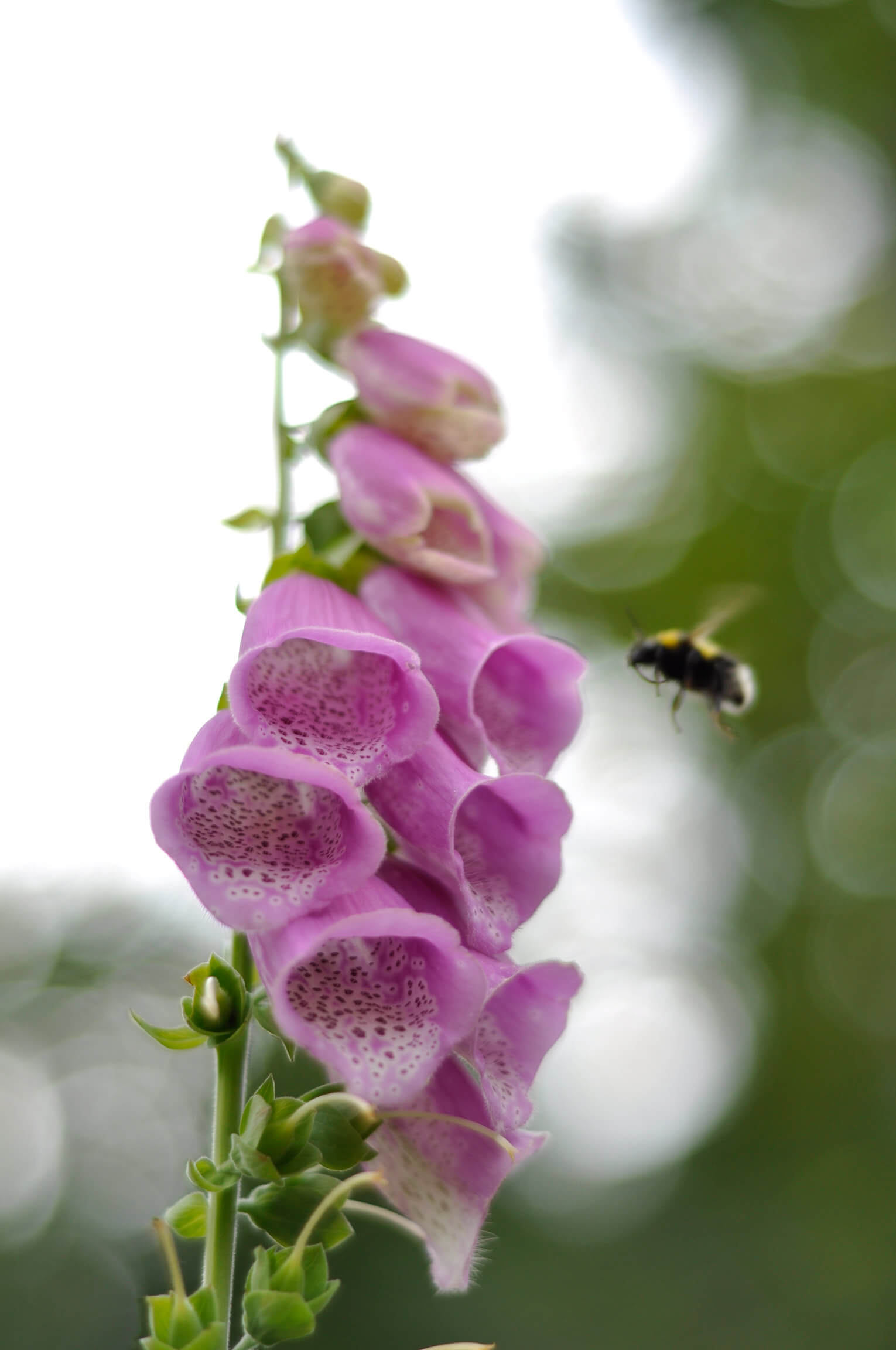
Modern foxglove and bumblebee. Insects began to pollinate flowering plants during the Cretaceous.
Photo: Annica Roos
It is likely that the evolution of various types of flower led to the enormous diversification of flowering plants and their life strategies during the Cretaceous. A parallel development was the evolution of more and more insect species that were adapted for pollinating various kinds of flower.
Pollination by insects is very advantageous for plants. It enables pollen to be spread among individuals in a reliable manner, and reduces the risks of self-fertilization and inbreeding. Also, plants that are pollinated by insects do not need to produce such large quantities of pollen as do those that rely on wind.
Pollination is also advantageous for insects. The process gives them access to fantastic sources of energy – pollen and nectar.
The rapid evolution of insects and flowering plants during the Cretaceous had consequences for nearly all land-dwelling vertebrates. It was then that most modern groups of amphibians, lizards, snakes, birds and mammals evolved. Many of them fed on insects or had varied diets of both plants and animals.
As the number of insect species increased, so did the number of vertebrate species that fed on insects. There is a very clear connection between the evolution of modern mammals and the evolution of insects and flowering plants.
The success of insects
Of today’s 1.2 million known animal species, one million are insects. An important reason for this near-total predominance of insects is their co-evolution with flowering plants, which began during the Cretaceous. More and more host plants evolved which could be utilized by insects.
But there are other reasons for the rich species diversity of insects. They have a good ability to spread pollen, since most of them can fly. They also reproduce rapidly. Insects such as bees, wasps and ants build societies, and their co-operative behaviour yields advantages in finding food and shelter.
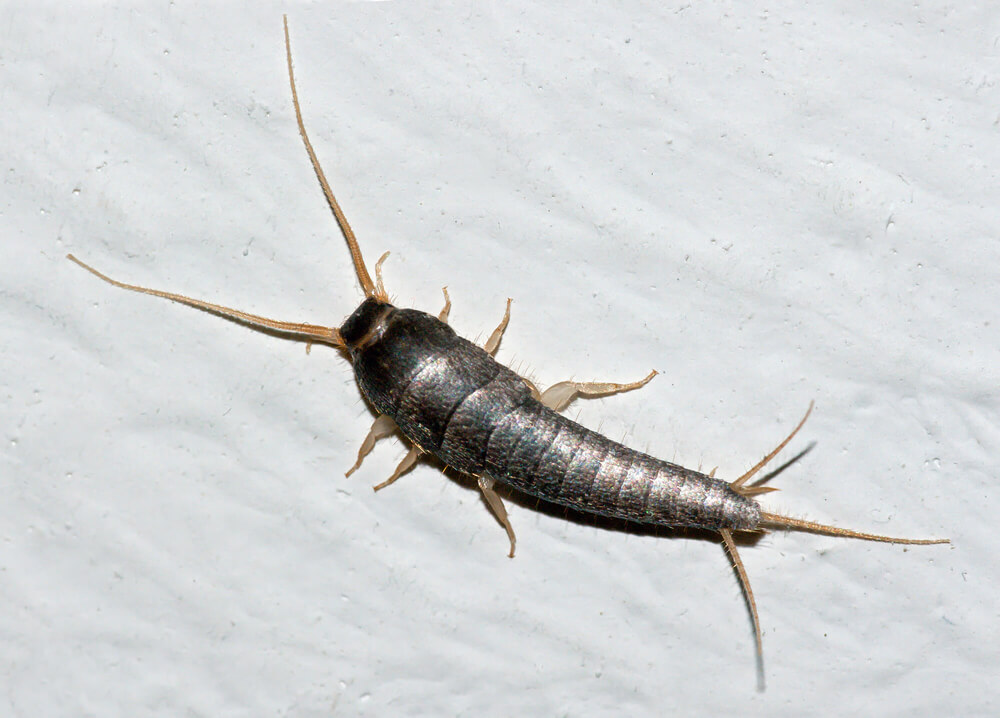
Silverfish.
Photo: Christian Fischer
Another reason that insects have been so successful is the process of development from egg stage to adult. The first insects, which evolved 400 million years ago, did not undergo any major physiological development. Out of an egg emerged a little insect which only grew in size.
Such insects still exist today, for example springtails and the silverfish that often thrive in our bathrooms.
Later, insects evolved which had a nymph stage before they became adults. Such a development process is called incomplete metamorphosis and takes place in aphids, grasshoppers and dragonflies.
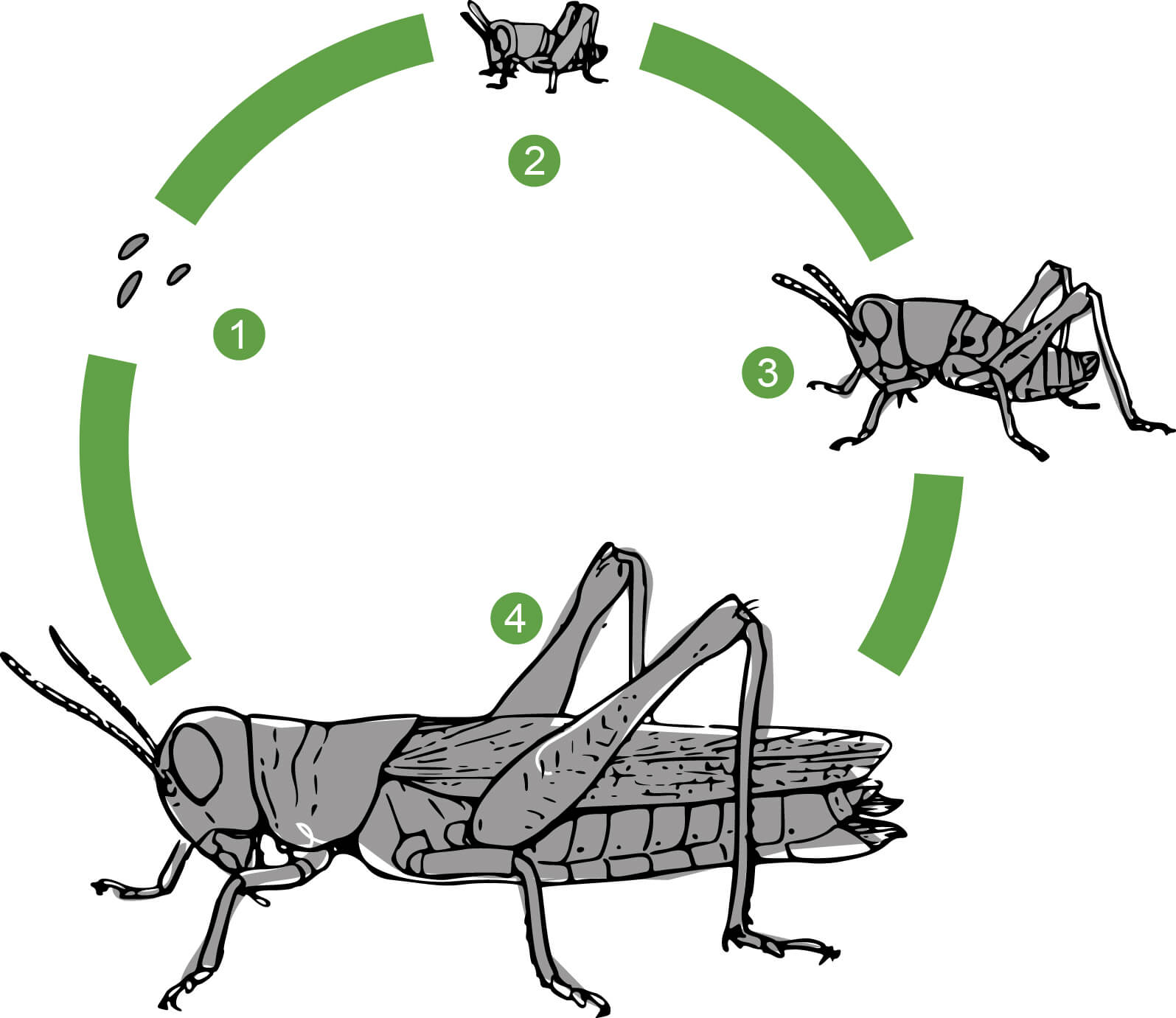
Incomplete metamorphosis of a grasshopper:
egg, nymph, larger nymph and adult.
Image: Annica Roos
Today, some 85 per cent of all insect species undergo complete metamorphosis. Before an insect becomes an adult, it goes through both a larval and a pupal stage.
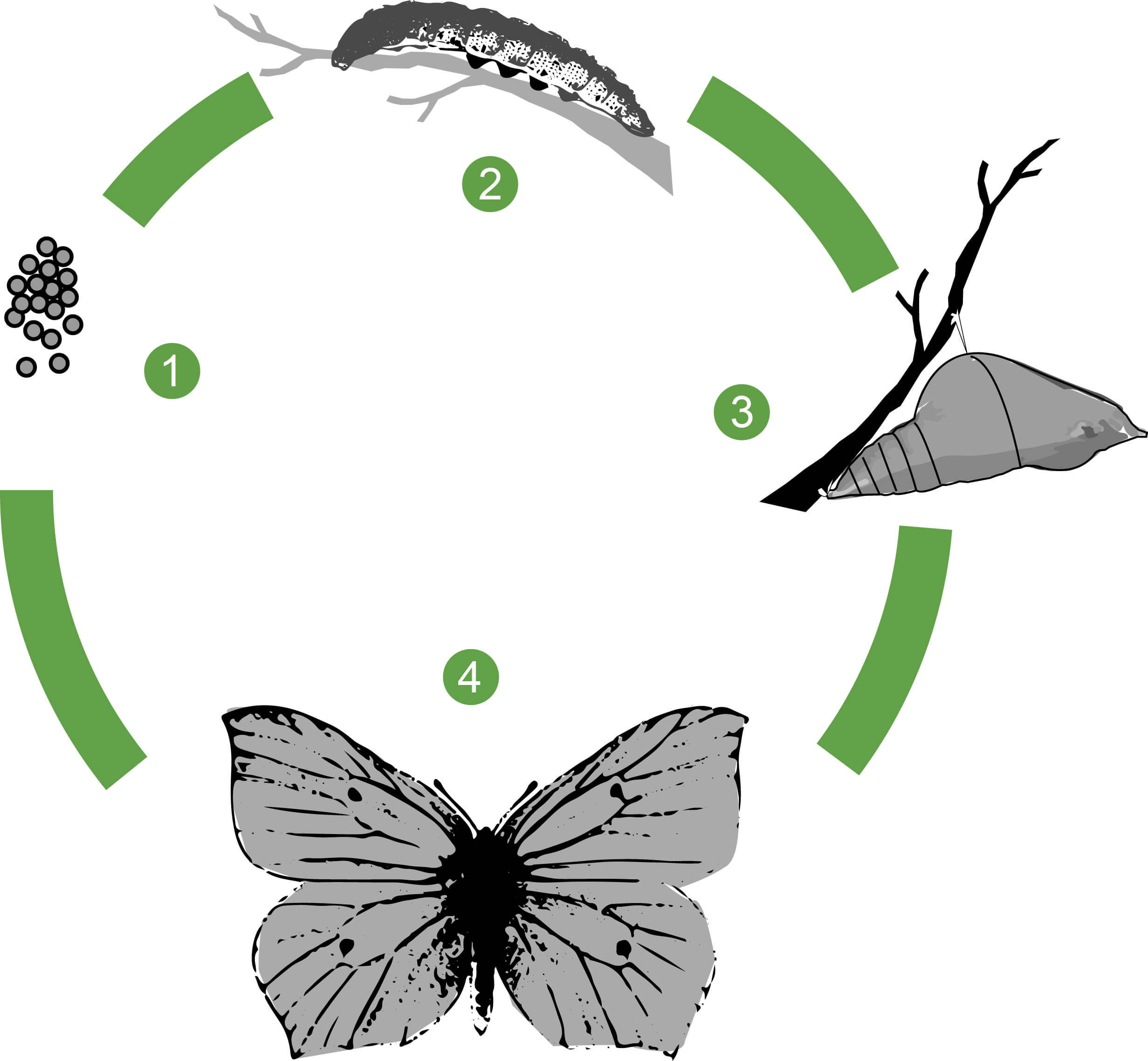
Complete metamorphosis of a brimstone butterfly: egg, larva, pupa and adult.
Image: Annica Roos
The main advantage of this process is that the larva and the adult can feed on different things and live in different places, thus avoiding competition with each other for food and living space.

